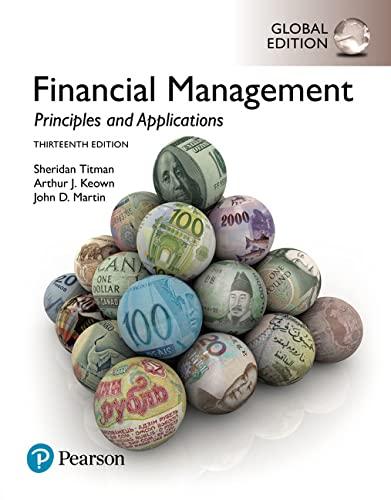(Calculating the present value of complex cash flows) You have an opportunity to make an investment that...
Question:
(Calculating the present value of complex cash flows) You have an opportunity to make an investment that will pay $100 at the end of the first year, $400 at the end of the second year, $400 at the end of the third year, $400 at the end of the fourth year, and $300 at the end of the fifth year.
a. Find the present value if the interest rate is 8 percent. (Hint: You can simply bring each cash flow back to the present and then add them up. Another way to work this problem is to use either the = NPV function in Excel or the CF key on your financial calculator—but you’ll want to check your calculator’s manual before you use this key. Keep in mind that with the = NPV function in Excel, there is no initial outlay. That is, all this function does is bring all of the future cash flows back to the present. With a financial calculator, you should keep in mind that CF0 is the initial outlay or cash flow at time 0 and, because there is no cash flow at time 0, CF0 = 0.)
b. What would happen to the present value of this stream of cash flows if the interest rate was 0 percent?
Step by Step Answer:

Financial Management Principles And Applications
ISBN: 9781292222189
13th Global Edition
Authors: Sheridan Titman, Arthur Keown, John Martin





